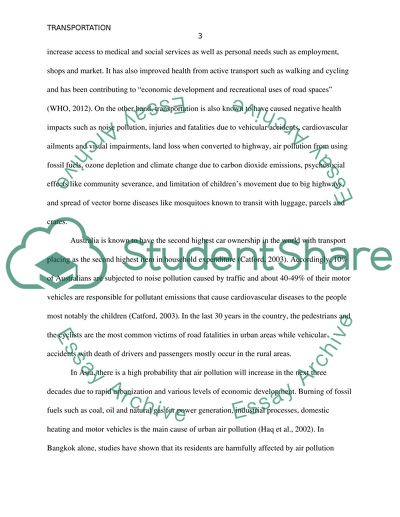Cite this document
(“Transportation: A Determinant of Health Assignment”, n.d.)
Retrieved from https://studentshare.org/nursing/1451619-determinants-of-health
Retrieved from https://studentshare.org/nursing/1451619-determinants-of-health
(Transportation: A Determinant of Health Assignment)
https://studentshare.org/nursing/1451619-determinants-of-health.
https://studentshare.org/nursing/1451619-determinants-of-health.
“Transportation: A Determinant of Health Assignment”, n.d. https://studentshare.org/nursing/1451619-determinants-of-health.


